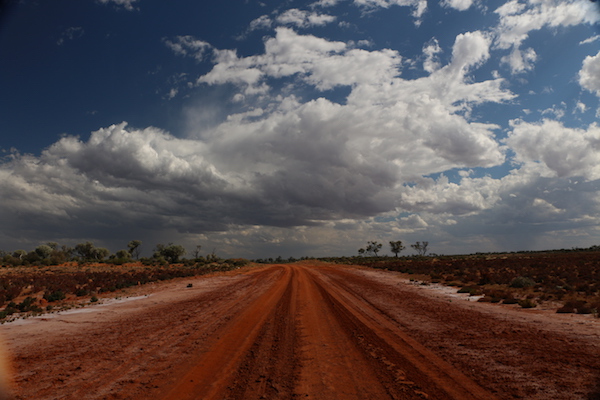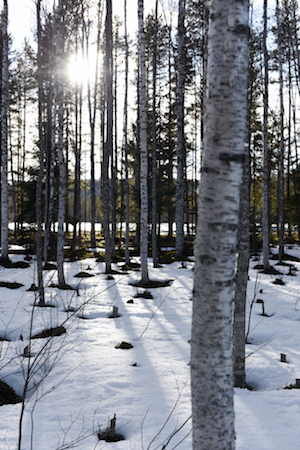Review: WA International Art Space, “spaced 3: north by southeast”·
Art Gallery of Western Australia ·
Review by Phoebe Mulcahy ·
As the flagship program for WA’s International Art Space, “spaced” is an ambitious initiative that works to expand the boundaries of local art making in a number of ways. Taking forward the organisation’s focus on “participatory, dialogical and context-responsive arts practice”, the “spaced” project facilitates extended residencies for artists in rural and remote locations. Initially begun in the Wheatbelt town of Kellerberrin, the most recent instalment of “spaced” has now moved beyond our state’s borders in a kind of cultural exchange between Australian artists and their Nordic counterparts in Denmark, Sweden, Iceland and Finland. This third and culminating exhibition, “spaced 3: north by southeast”, is now on show at the Art Gallery of Western Australia.
It’s a sprawling and complex exhibition, as much a record of the programme’s three-year span as it is a display of what resulted from it; and easily merits more than one visit. Talking to other visitors in the space, I even heard of one person who had been coming back to see it on their lunch break for several days in a row. Visually alone, the scale and variety of “spaced 3” is impressive, and must be one the most technically ambitious exhibitions staged at AGWA in some time. Video works, of dimensions ranging from TV-sized to monumental floor-to-ceiling panels, make up the bulk of what’s on show, but there are also installations, silkscreens, light works, photographs and even paintings through the exhibition as a whole.

But it is more than just a visual spectacle. The “spaced” projects are explicitly concerned with the context and community that surround artistic response; and this collaborative approach can clearly be seen in works that artists like Deborah Kelly and Heidi Lunabba developed during their residencies. Respectively settled in Thy-Lejren, Denmark and Lancelin, WA, the two artists’ works have little in common from a material or even thematic standpoint, but are both inseparably tied to the communities in which they were created. Deborah Kelly’s silkscreen flags were produced through a series of workshops at a remote Danish museum, and each work is credited not just to Kelly, but to the participants who worked alongside her to create them, making this corner of “spaced 3” something of a “show within a show”. Heidi Lunabba, by contrast, has produced a series of intimate photographs that centre on the experience of otherness — whether owing to gender-fluidity, sexual abuse or even left-handedness – in suburban Lancelin. Different as they are, both hinge in this way on new social networks the artists were able to establish in their sojourns on the other side of the world.

Other works in this iteration of “spaced” give more attention to the unfamiliar physical environments the artists found themselves living amongst. From Dan McCabe’s quasi-mythological video work How to Be, Which Way to Live, to Sam Smith’s prodigious Lithic Choreographies, the natural world — its grandeur and beauty, as well as its economic value — is the focus of many of the responses. Oddly enough, though, themes such as these are to be found mainly in the Australian artists’ half of the show, whereas the Nordic contingent appear to have engaged more with the politics of human identity and belonging embedded in the given landscape. Whatever the reasons for this, it does seem to be one of the more pronounced differences between the approaches of the two groups of artists. As much as the exhibition offers, a radically new perspective on the West Australian landscape is probably not in the mix.
Taken as a whole, “spaced 3:north by southeast” is, undoubtedly, a compelling exhibition, with multiple layers of meaning to be explored amidst a technically diverse style of presentation that is quite stunning. While its breadth and open-ended approach might not appeal to all audiences, a project of this scale cannot really be expected to yield an overly unified statement once translated into an exhibition of several dozen separate works. Rather, it seems more appropriate to view it as a “travelogue” of sorts, recording the ways in which these artists, temporarily displaced from the cultural, linguistic and ecological environments of their origin, found new ways to orient themselves at opposite points of the compass.
“spaced 3: north by southeast” runs until 7 January 2019.
Pictured top: Sam Smith, ‘Nyströms Cafe at Bungenäs’, 2017, Courtesy of the artist.
Like what you're reading? Support Seesaw.






